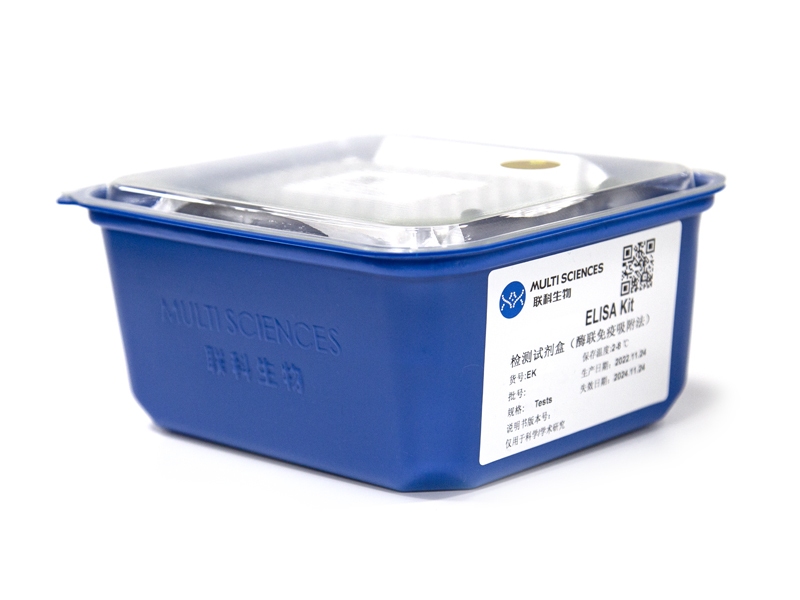Abnormal inflammation of vascular endothelial cells occurs frequently in diabetic retinopathy (DR). Sphingomyelin phosphodiesterase acid-like 3B (SMPDL3B) is a lipid raft enzyme and plays an anti-inflammatory role in various diseases but its function in DR-related vascular endothelial dysfunction remains unknown. We first found that SMPDL3B expression was upregulated from week 10 to 18 in the retinal tissues of db/db mice. Particularly, the high expression of SMPDL3B was mainly observed in retinal vascular endothelium of DR mice. To interfere retinal SMPDL3B expression, adeno-associated viruses 2 (AAV-2) containing SMPDL3B specific shRNA (1233–1253?bp) were injected into the vitreous cavity of db/db mice. SMPDL3B silencing exacerbated the spontaneous DR by further activating the NF-κB/NLRP3 pro-inflammatory pathway. In vitro , human retinal microvascular endothelial cells (HRVECs) were infected with SMPDL3B-shRNA lentiviruses and then stimulated with 30?mM glucose (HG) for 24?h. SMPDL3B-silenced HRVECs secreted more interleukin-1β and had enhanced nuclear p65 translocation. Notably, HG treatment induced the palmitoylation of SMPDL3B. Zinc finger DHHC-type palmitoyltransferase 5 (ZDHHC5) is a palmitoyltransferase that catalyzes the palmitoylation of its substrates, HG exposure increased the interaction between ZDHHC5 and SMPDL3B in HRVECs. 2-BP, a palmitoylation inhibitor, accelerated the protein degradation of SMPDL3B, whereas palmostatin B, a depalmitoylation inhibitor, decreased its turnover rate in HRVECs. Collectively, the present study suggests a compensatory increase of SMPDL3B in HG-treated HRVECs and the retinal tissues of DR mice, indicating that SMPDL3B may be a potential target for DR treatment.
文章引用产品列表
-
- EK201BHS
- 高敏试剂盒
Mouse IL-1β High Sensitivity ELISA Kit检测试剂盒(酶联免疫吸附法)
- ¥2,000.00 – ¥3,400.00
-
- EK201B
- ELISA试剂盒
Mouse IL-1β ELISA Kit 检测试剂盒(酶联免疫吸附法)
- ¥1,600.00 – ¥10,800.00
-
- EK101B
- ELISA试剂盒
Human IL-1β ELISA Kit检测试剂盒(酶联免疫吸附法)
- ¥1,600.00 – ¥10,800.00
-
- EK101BHS
- 高敏试剂盒
Human IL-1β High Sensitivity ELISA Kit检测试剂盒(酶联免疫吸附法)
- ¥2,000.00 – ¥3,400.00



